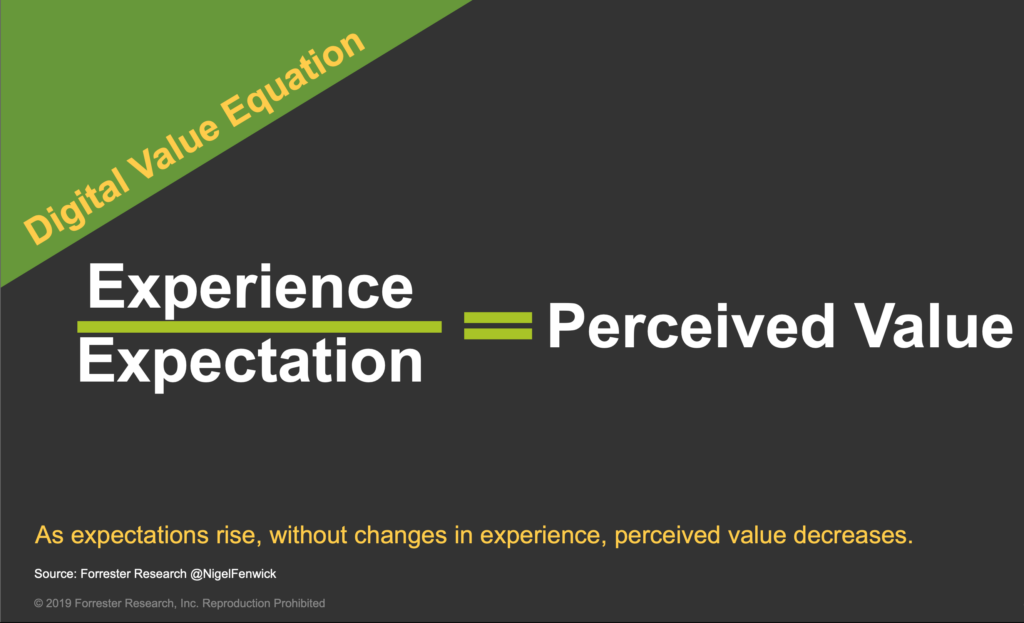Know When To Up The Digital Table Stakes
Starbucks just decided to share its market-leading digital capabilities with a company called Brightloom; in return, it gets a seat on the Brightloom board and a share in the company. Why did Starbucks make this move now? Is this part of a larger digital business strategy? The answer is yes, this is all part of a broader strategy around digital that Starbucks initiated over 10 years ago.
Upping The Digital Table Stakes
Table stakes for me has always meant the minimum needed to compete in business. I’ve been aware that it has gambling roots in poker, but I’m not a poker player. What I hadn’t realized until today is that, in poker, it means that players may bet no more money than they had on the table at the beginning of a hand. Why does this matter? Because Starbucks just upped the table stakes in the game of digital business.
Today, every CEO must understand the digital table stakes. They not only have to play with the technology they have available to them in the business today but must prepare for playing tomorrow’s hand, too. Often, executives need to anticipate the stakes going higher and bring more technology to the game before the next hand is dealt.
The newly minted Brightloom will focus on productizing sophisticated ordering and loyalty tech for the restaurant industry. Brightloom’s new CEO is Adam Brotman. Adam knows Starbucks — he served as the firm’s chief digital officer until 2016 and as executive vice president of global retail operations till 2018, when he left to join J.Crew.
Starbucks has long been a leader in digital technology. (I cited Starbucks for its digital initiatives in a research report dating back almost 10 years now and again in 2012 and in 2013, highlighting the role of the chief digital officer. Since then, Starbucks has gone on to deliver possibly the most successful mobile ordering app of all time.) Starbucks understands the rules of digital business — and the table stakes. You play with what’s on the table. So the company is intent on putting more money on the table to ensure that it can capitalize on a winning hand in the future. Brightloom makes sense because it ups the table stakes.
Digital ordering technology is now something customers expect. In an article in The Wall Street Journal, Adam actually refers to this expectation as “table stakes.”
Expanding The Starbucks Experience
By partnering with Brightloom, sharing its own mobile app technology, and bringing it to a wider market, Starbucks can help its license partners around the world provide a seamless service to loyal customers.
This represents a fundamental challenge for anyone who doesn’t understand the rules of the digital business game. Expectations are rising, even as you continue to invest. In other words, the table stakes are going up all the time. So to stay in the game, you have to keep adding money before the next hand is dealt. If you don’t invest continuously, the digital experiences your firm delivers to customers go stale. Customers drift away, slowly at first but speeding up over time. They gravitate toward more compelling and rewarding experiences.
This is represented in the digital value equation.

If delivered experiences remain constant while customer expectations go up, the customer’s perceived value goes down. Result: customer attrition. It means you must continuously invest just to keep your customer’s perceived value at parity. And the expectations (table stakes) are always going up.
Turn Software Into Product
Brightloom also illustrates a fundamental problem for any company that creates world-class digital intellectual property (IP): how to monetize the IP beyond merely improving customer experiences in the short term. Starbucks, even with a great mobile platform, is in the coffee business, not the software business. Brightloom will give Starbucks the opportunity to monetize its software IP without losing focus on its main business.
To win the digital game, every CEO and chief digital officer needs to know when they need to raise the digital table stakes before it’s too late.
Previous post: How To Build A Better (Digital) Mousetrap
Next post: Digital Business: Bosch ConnectedWorld 2019 Analysis